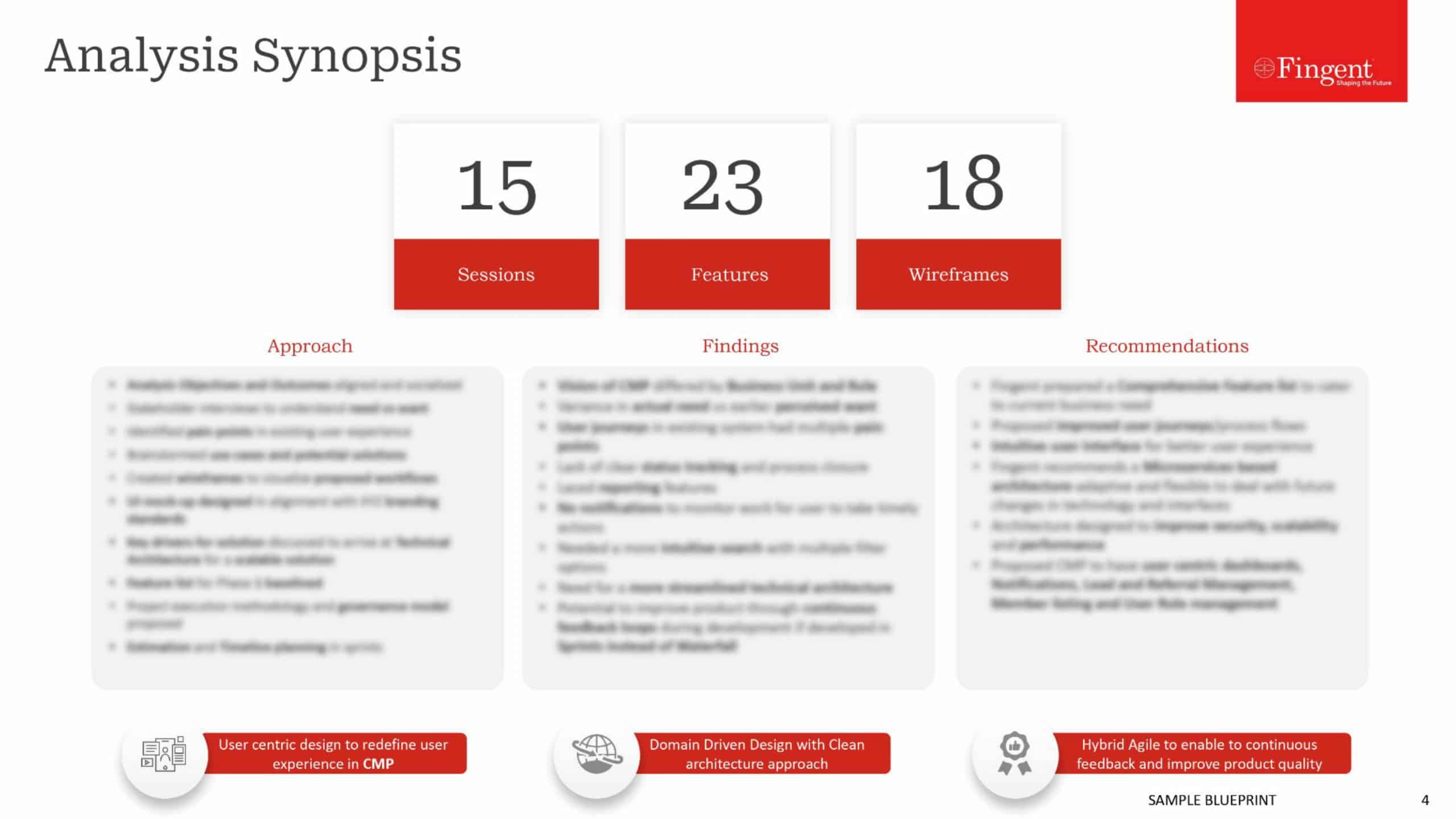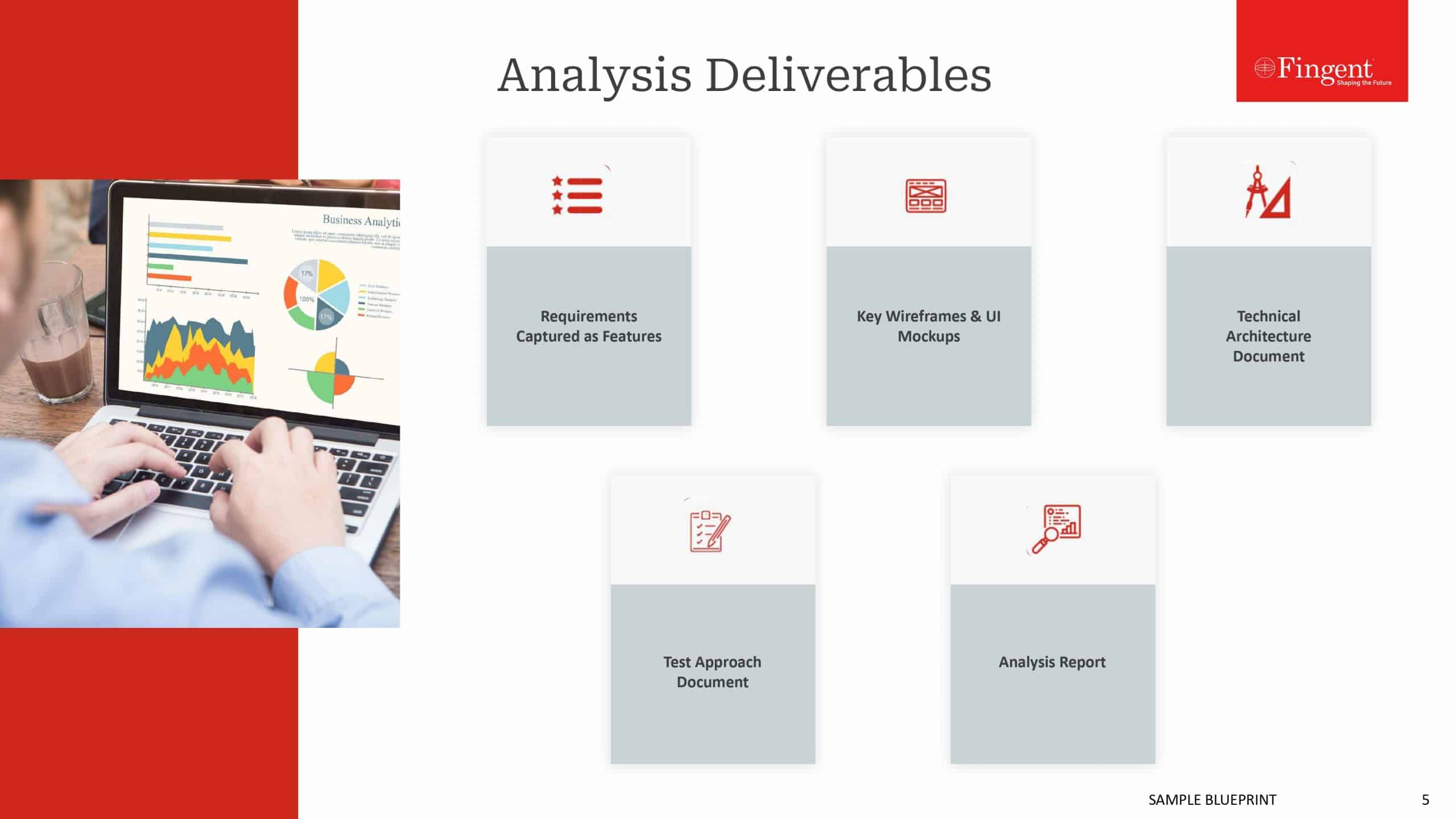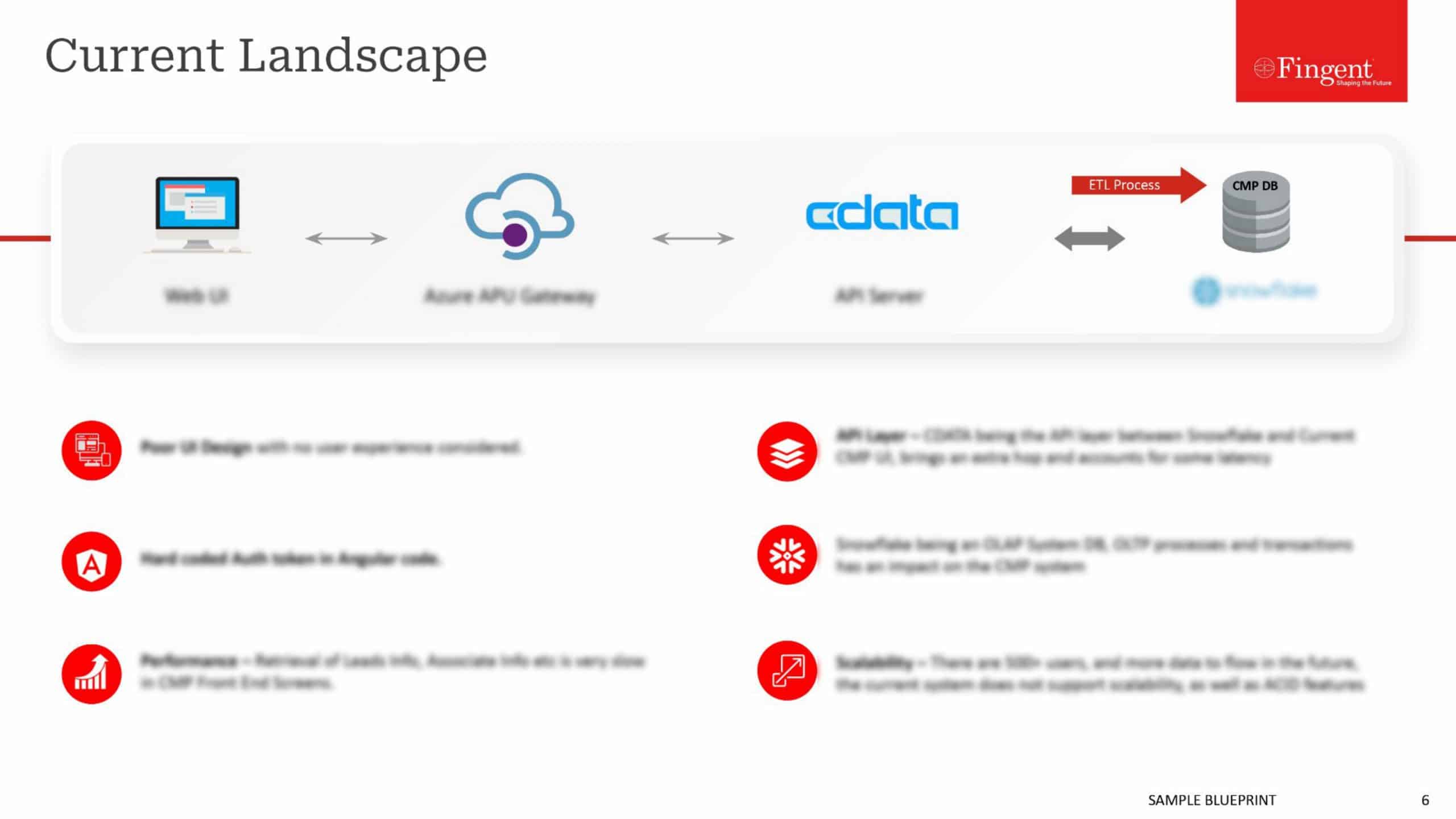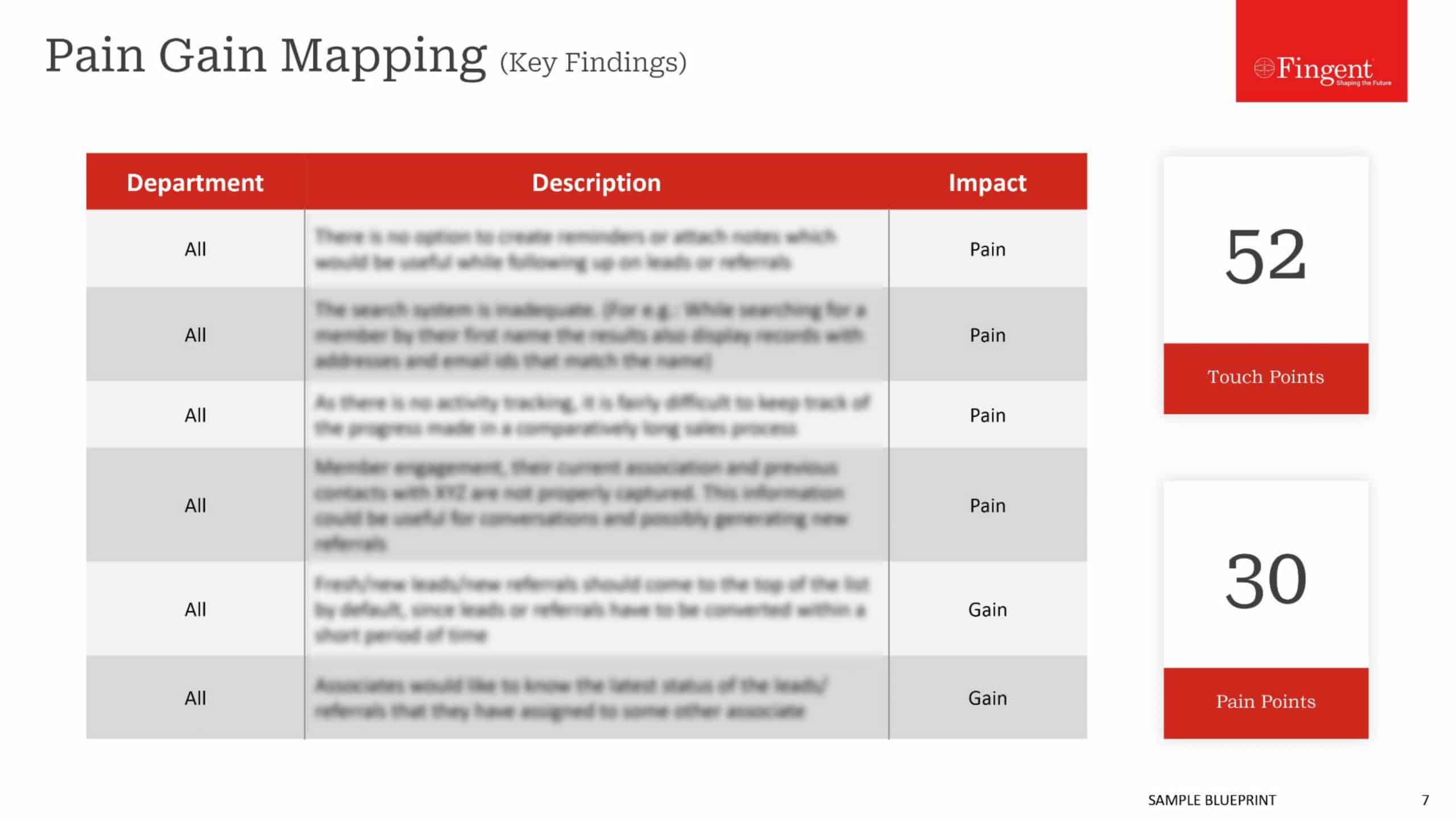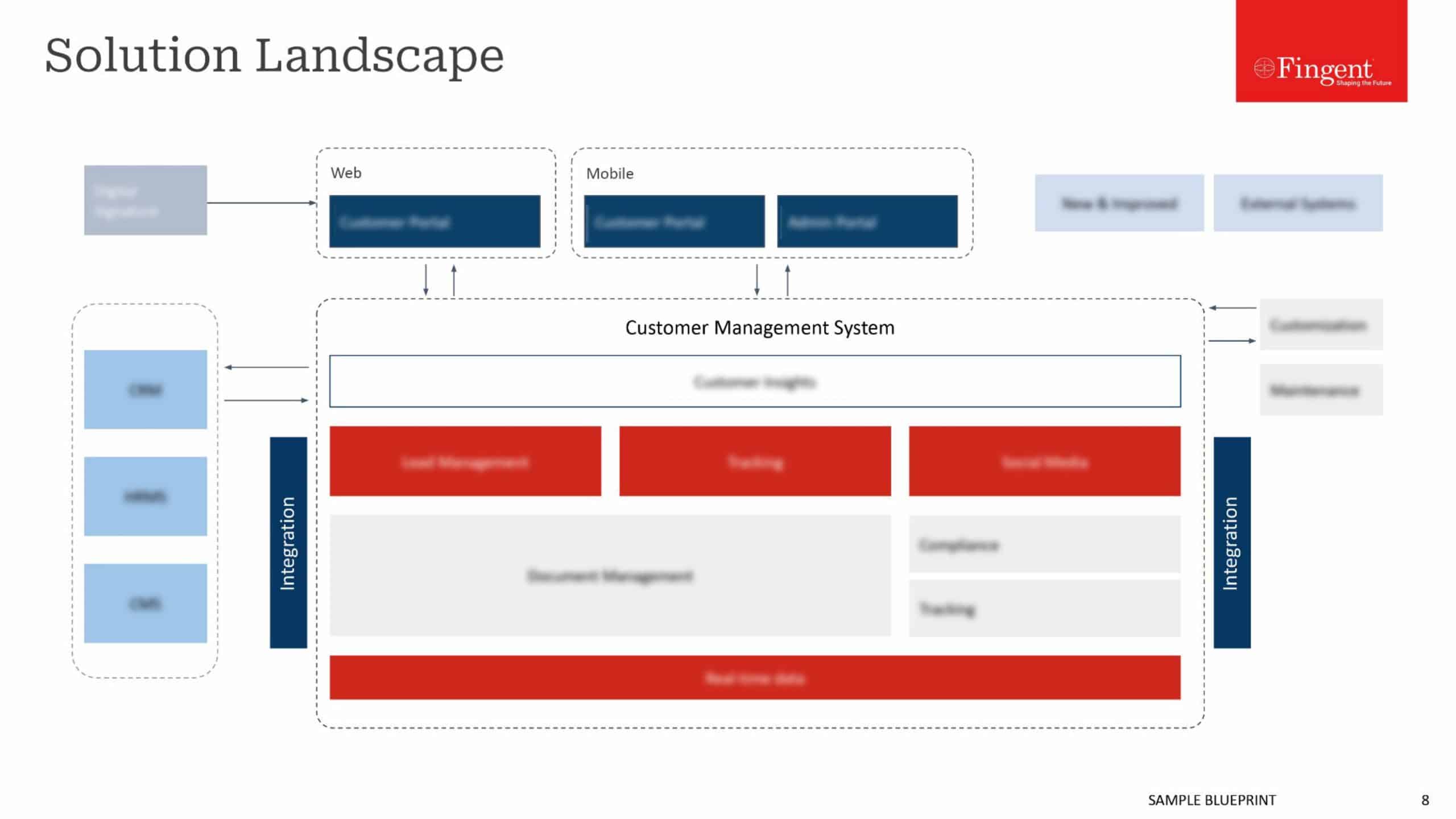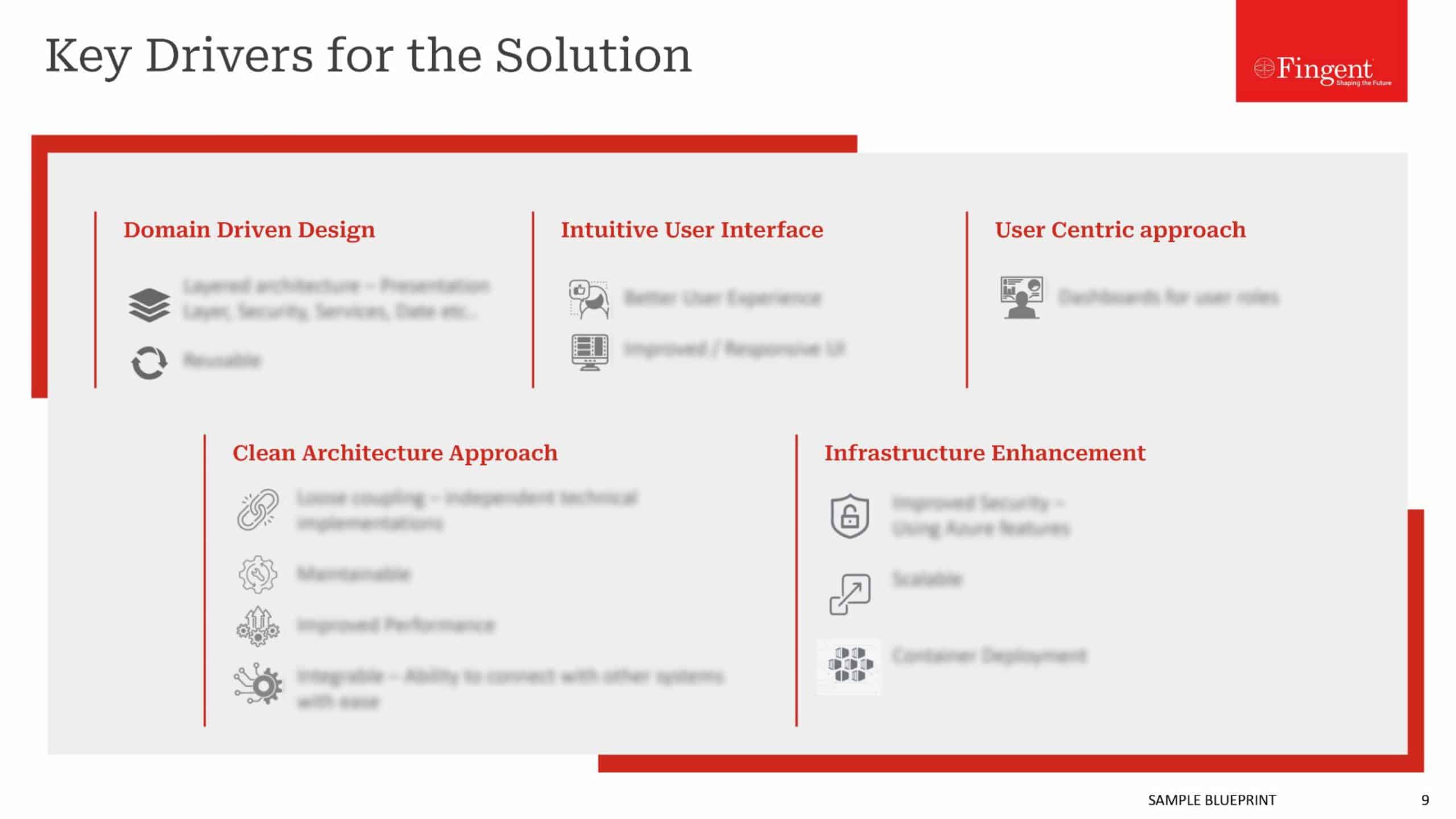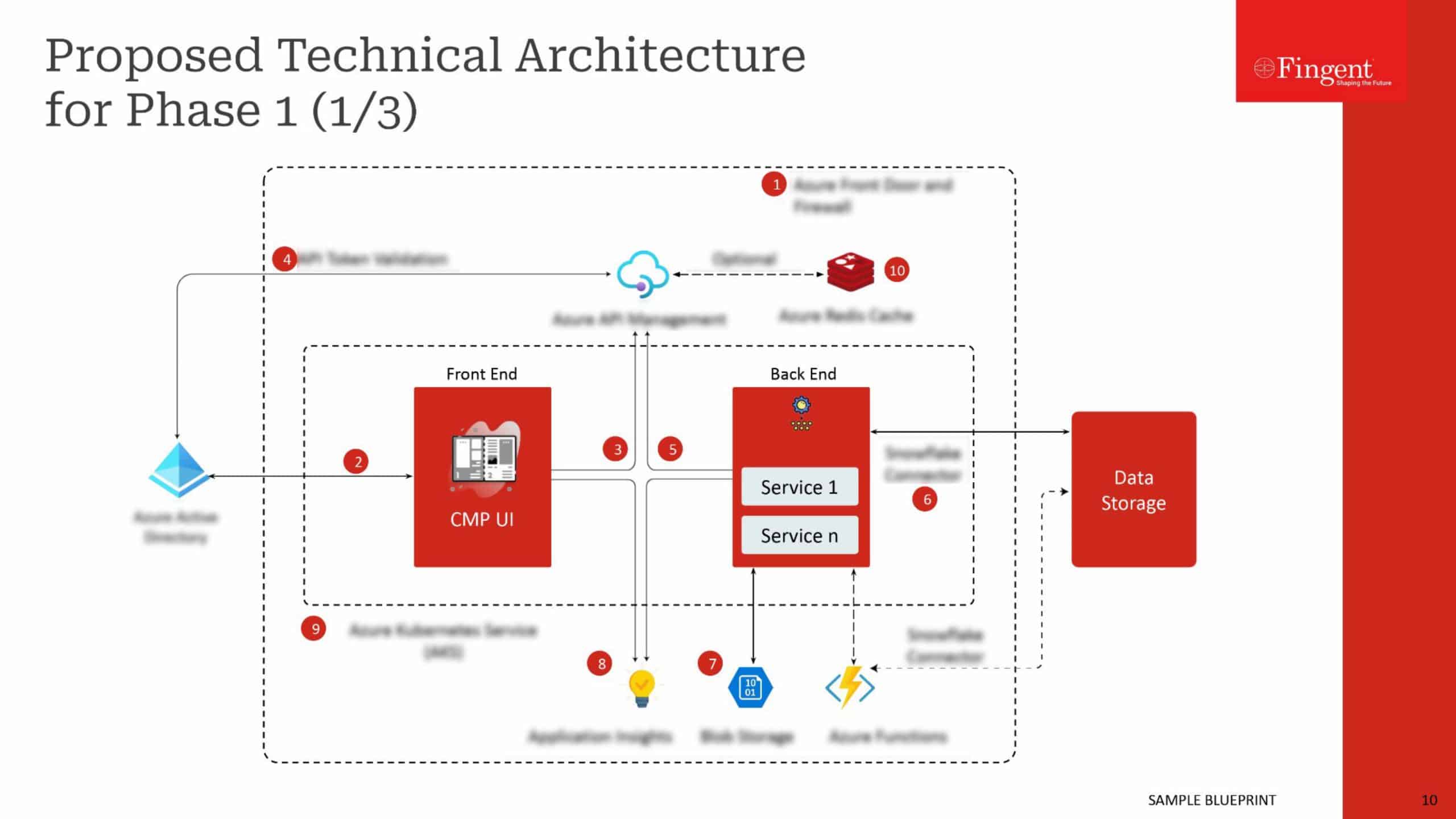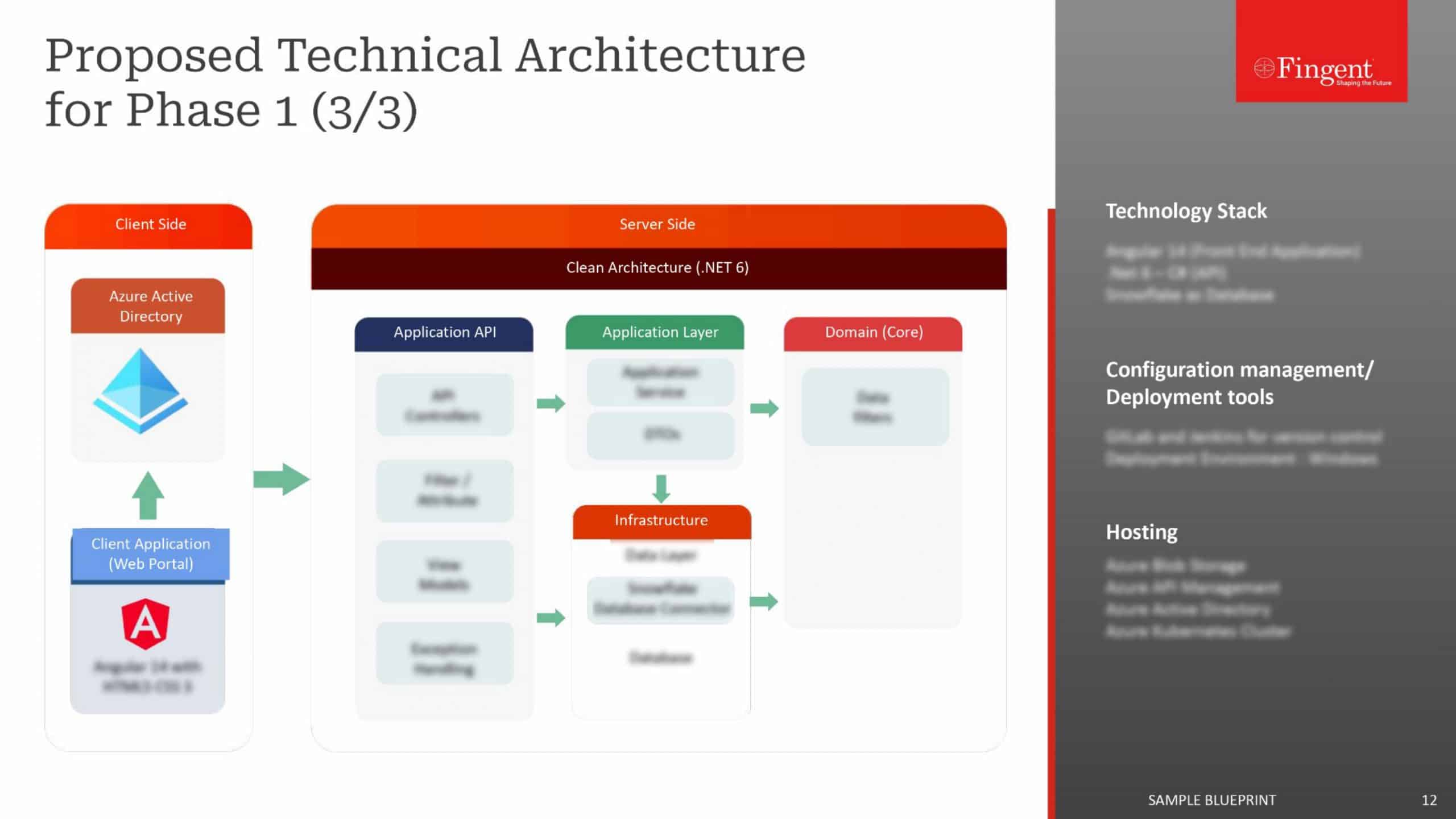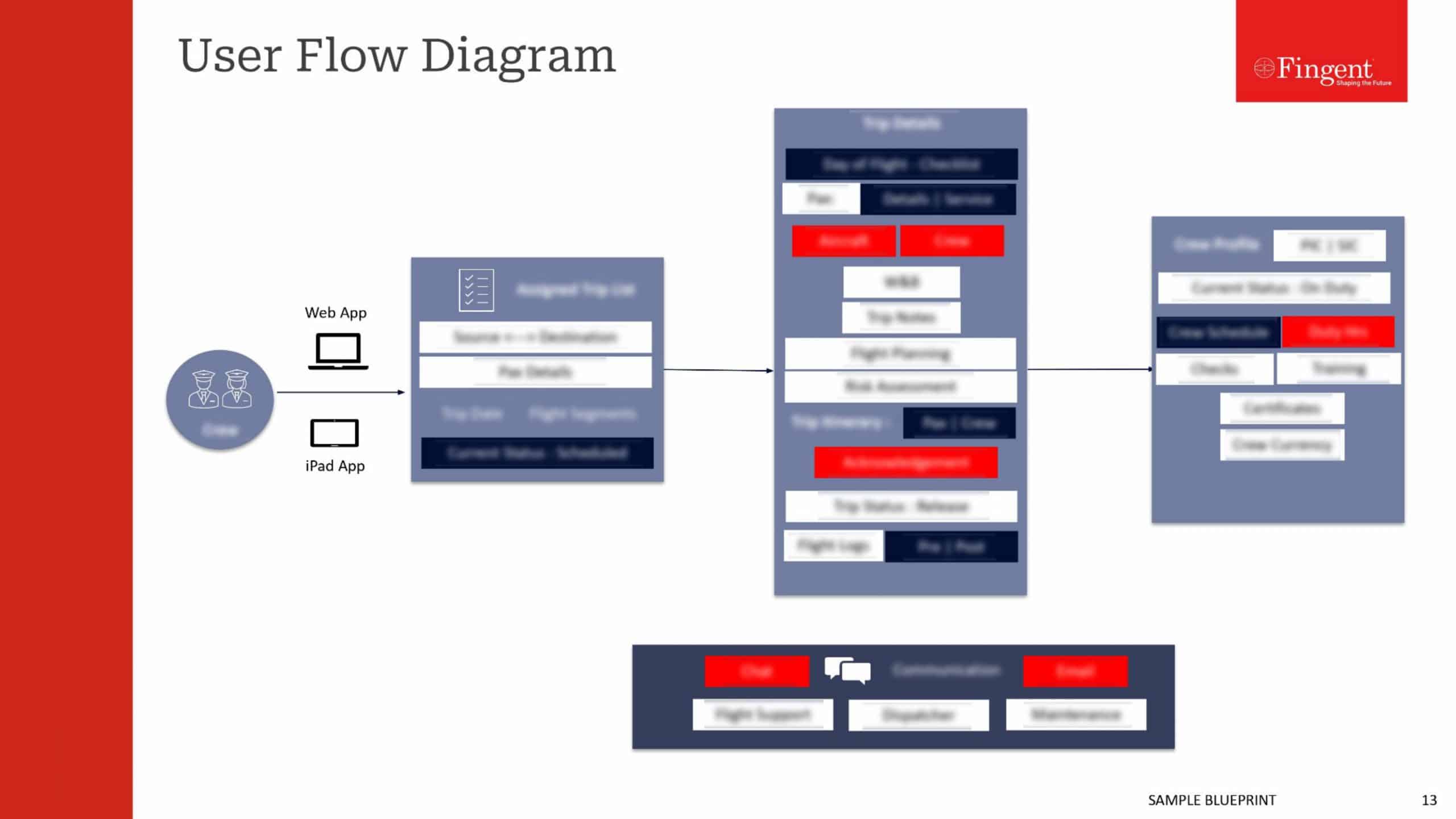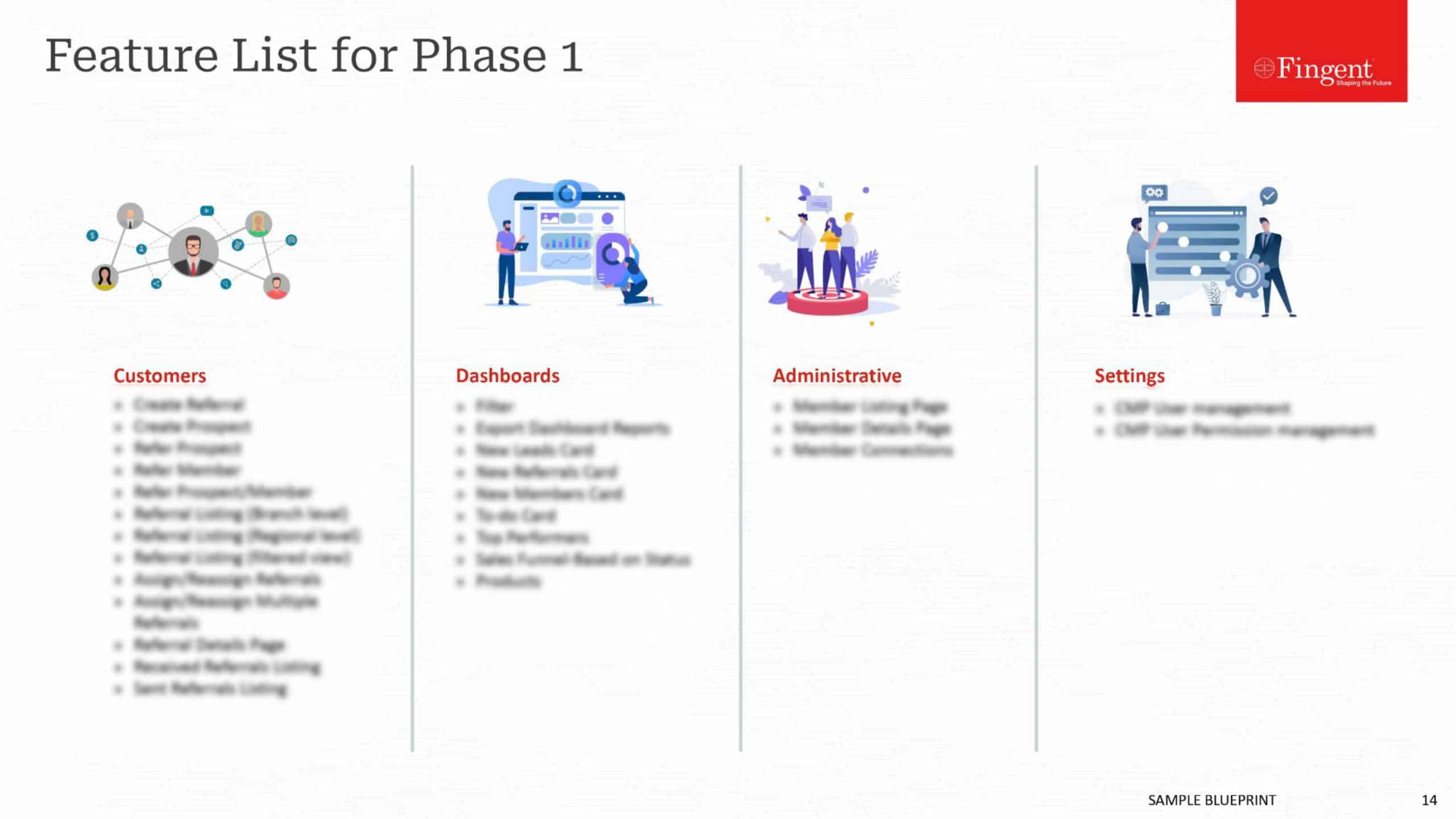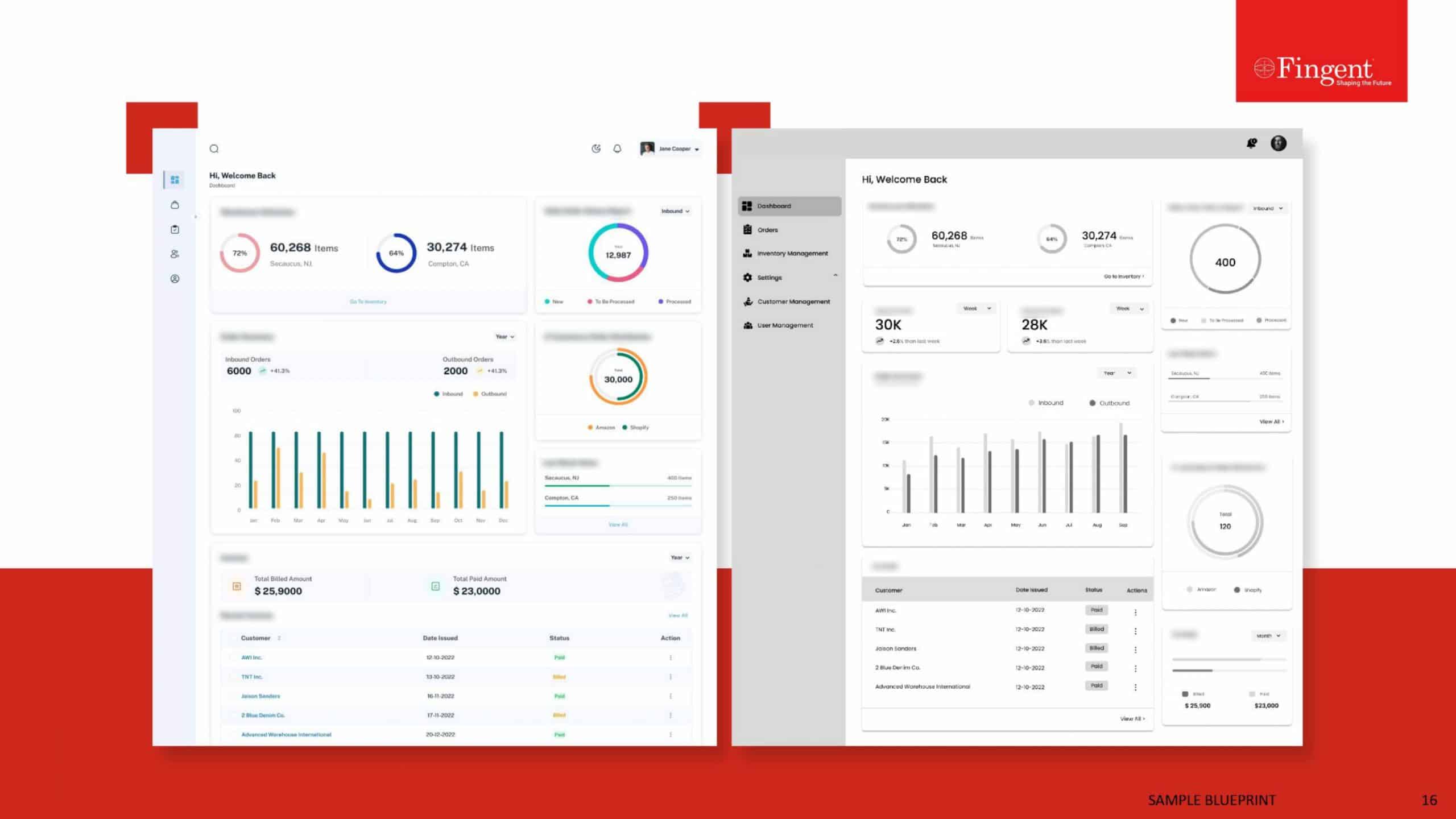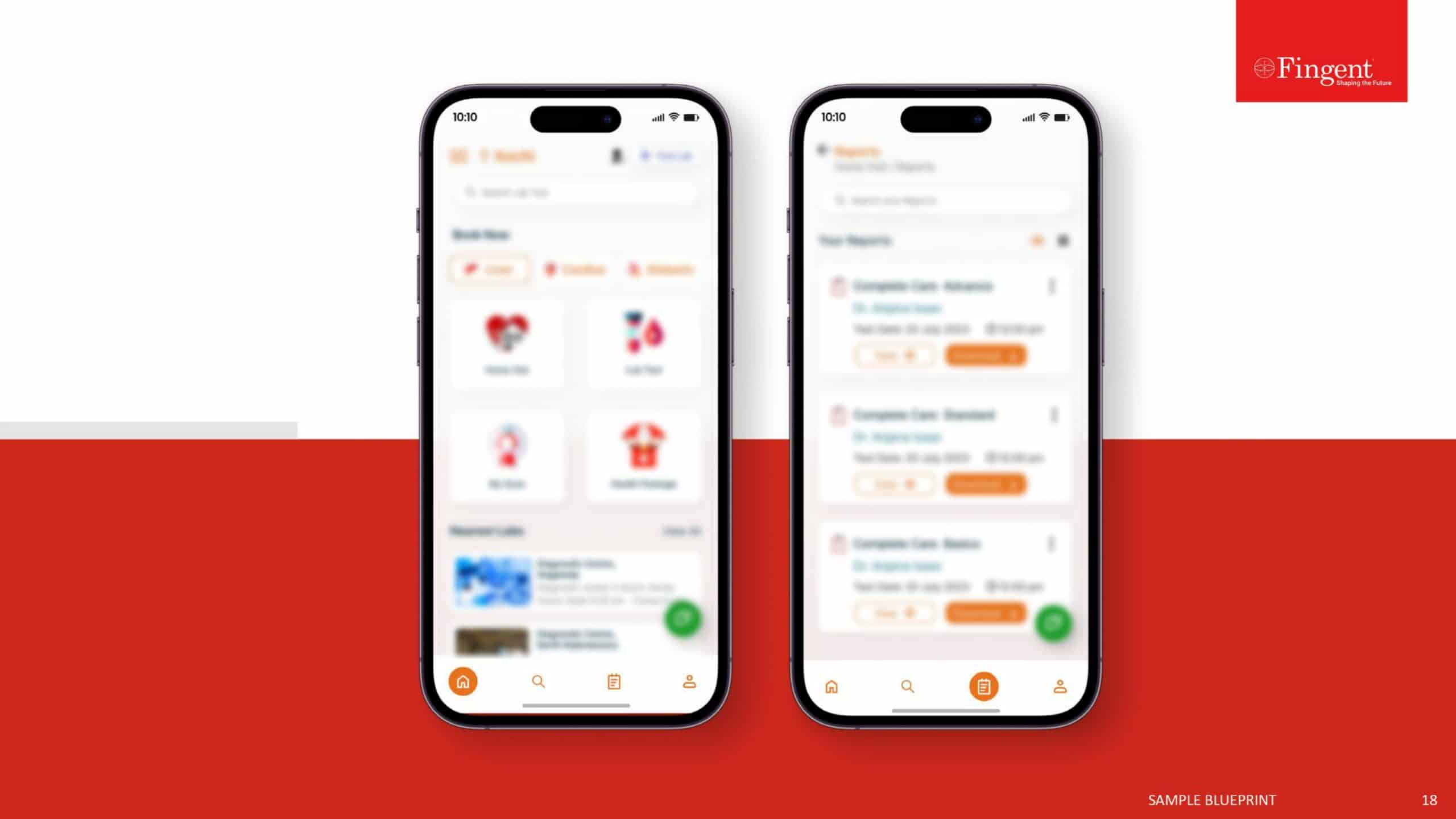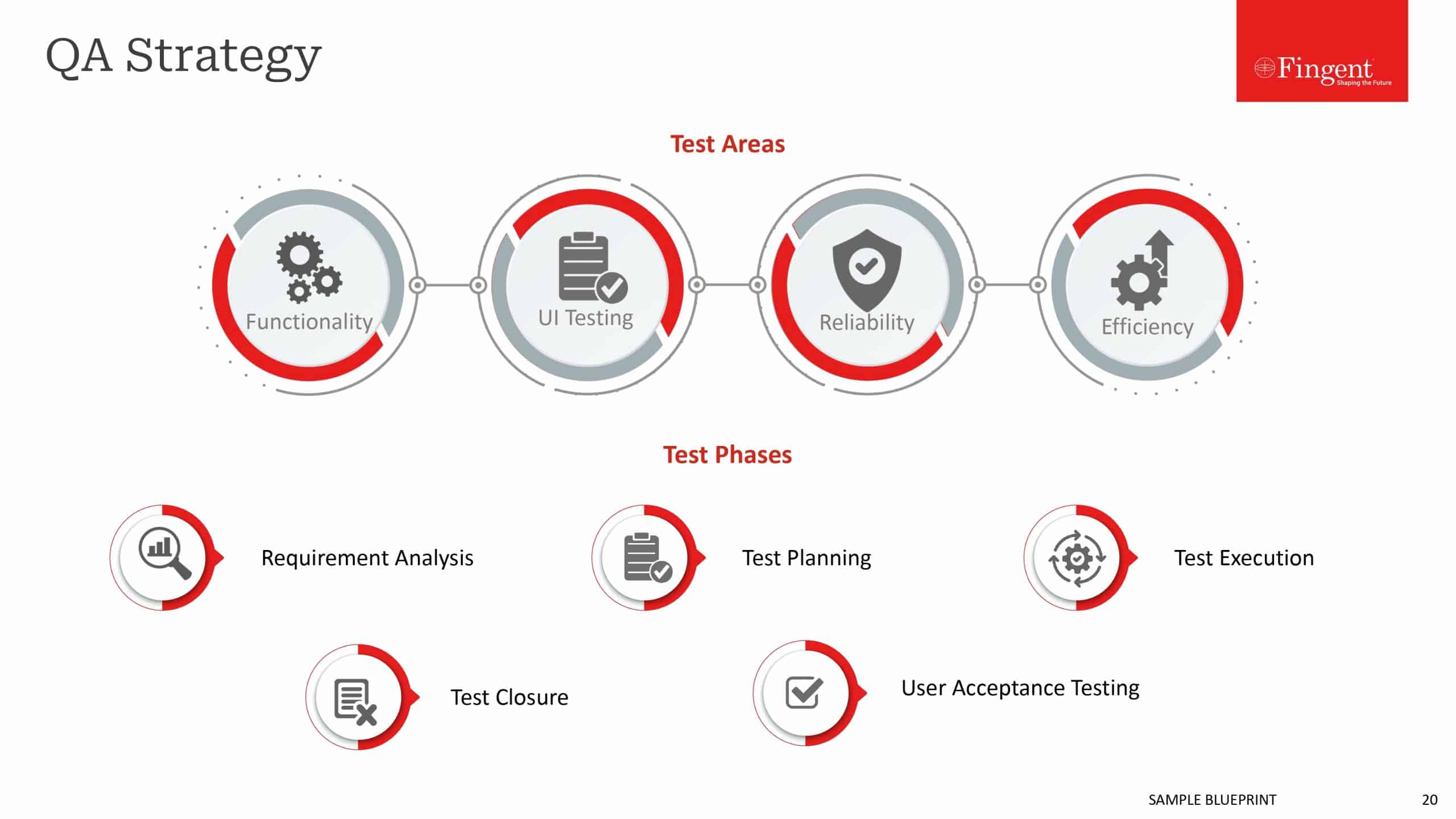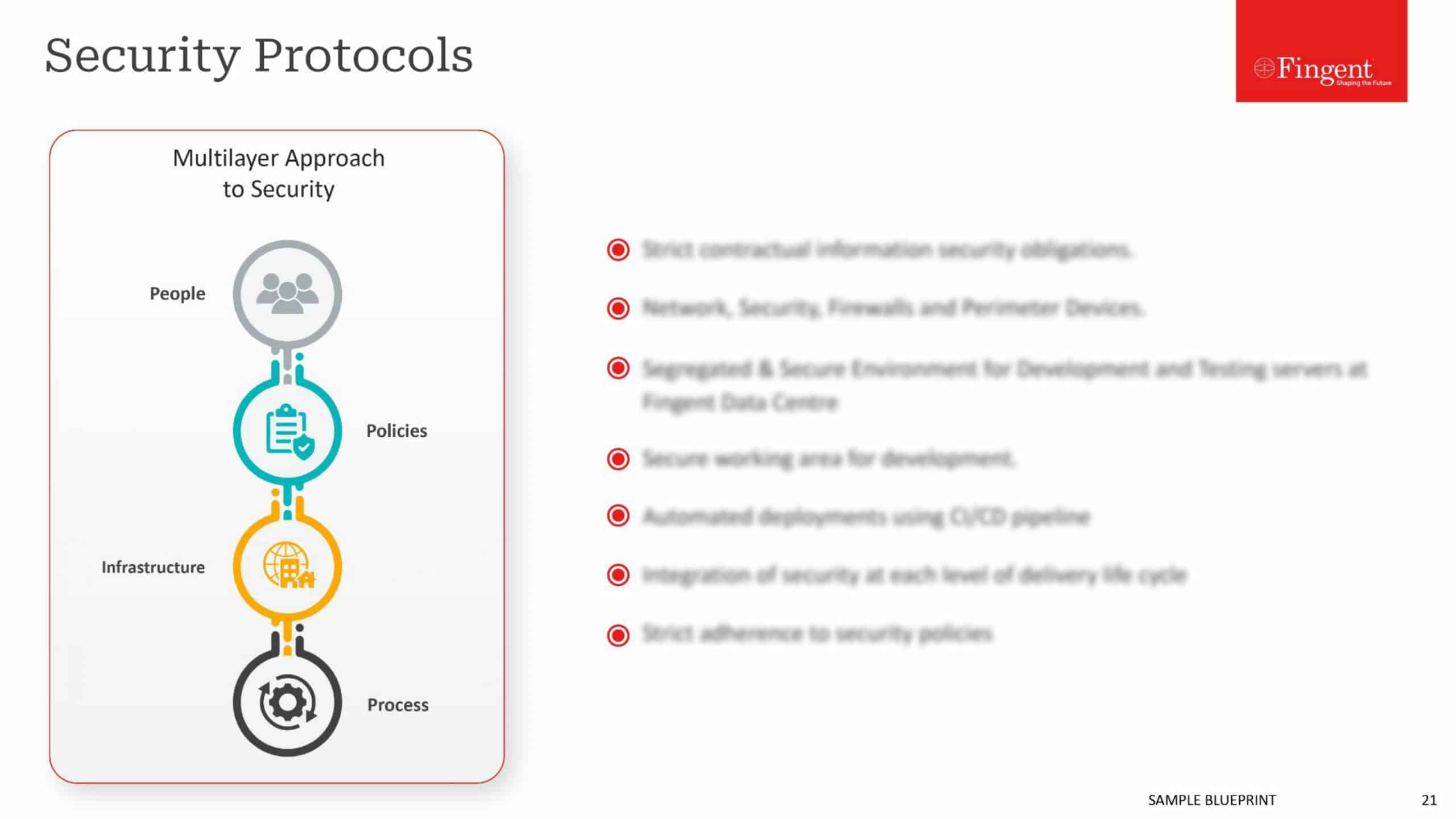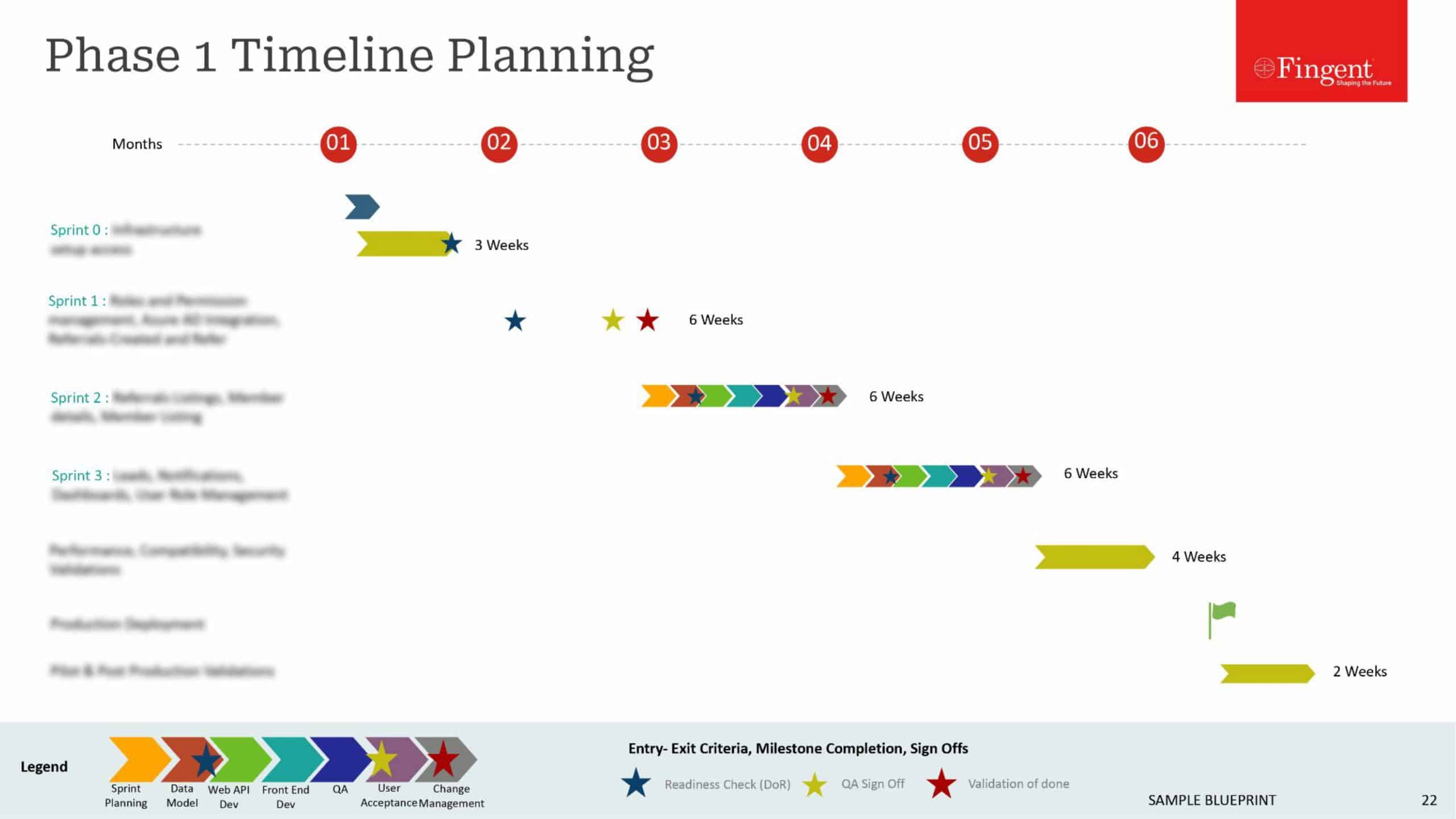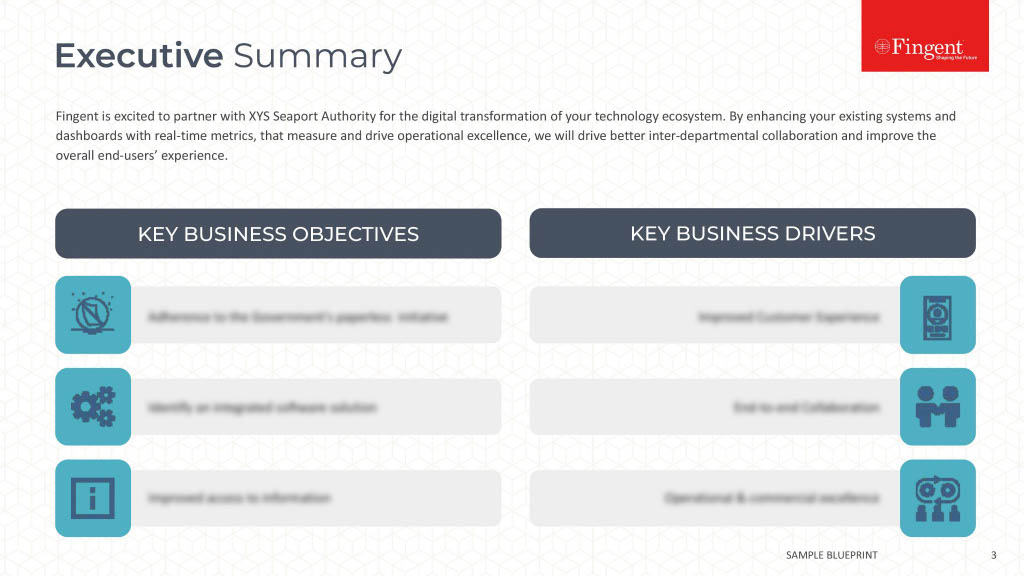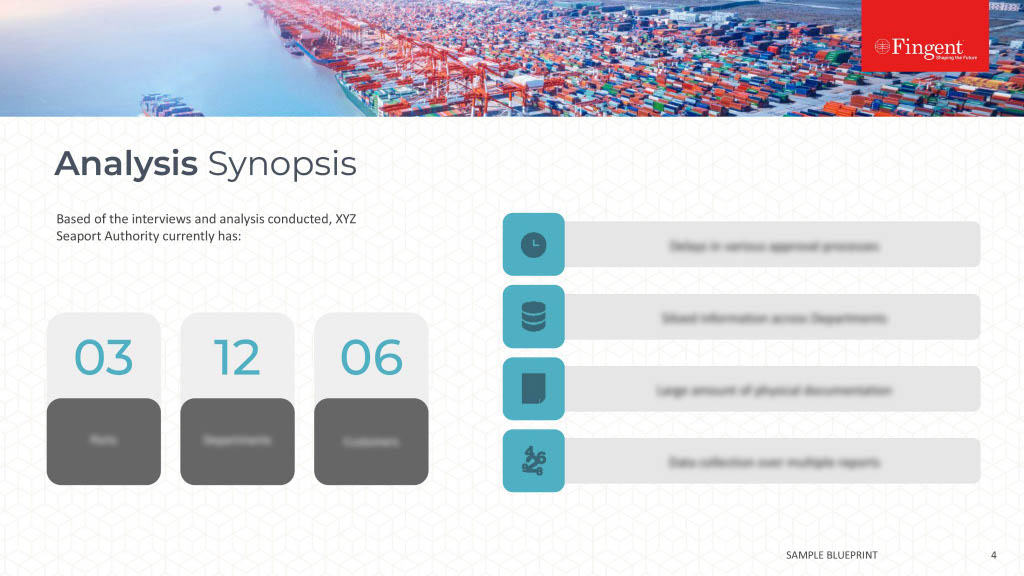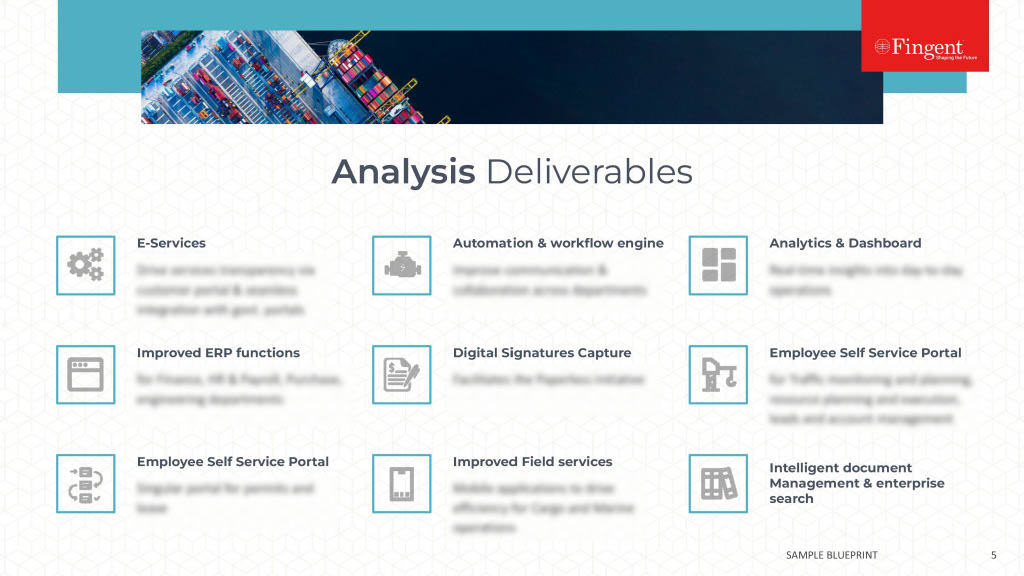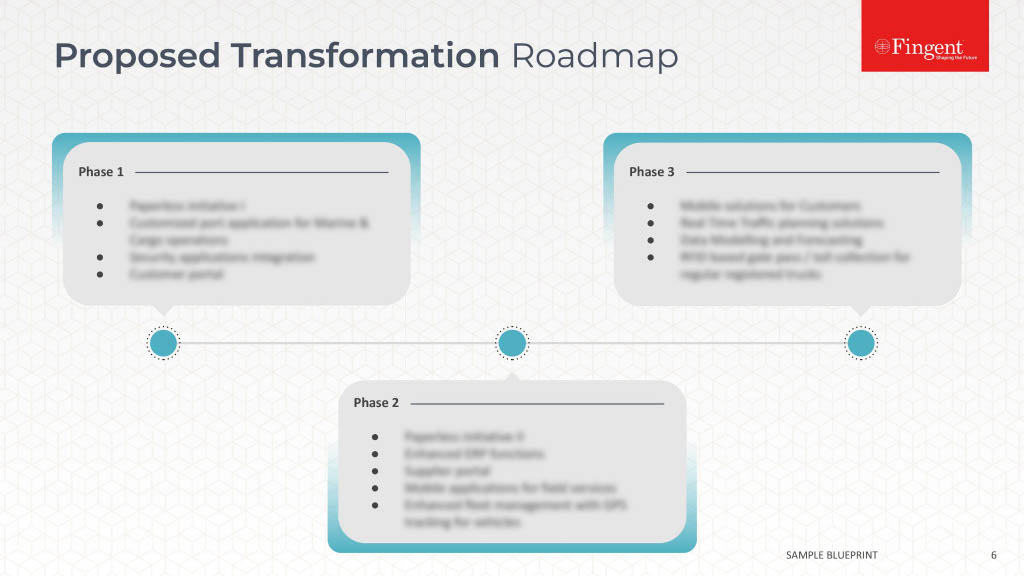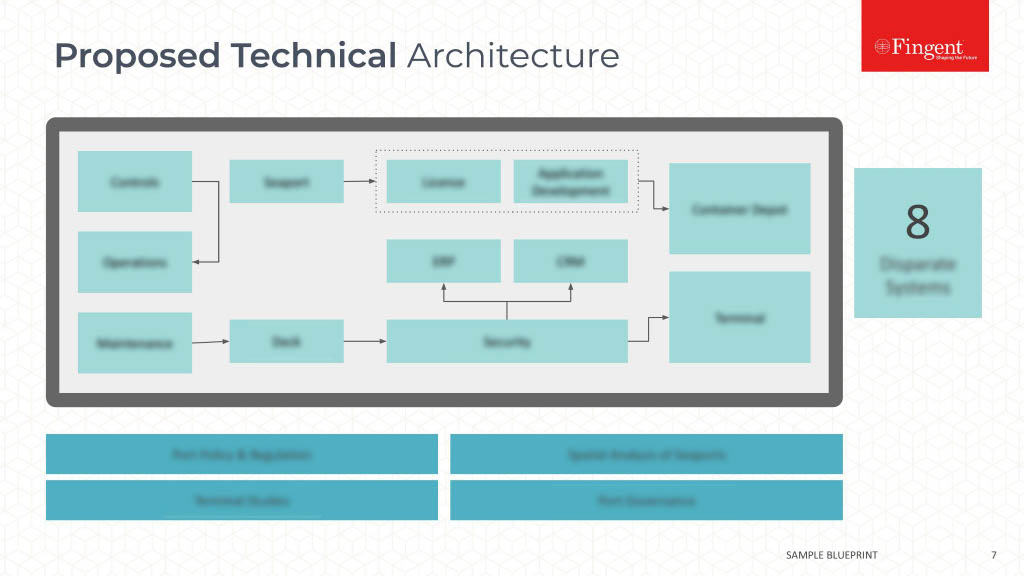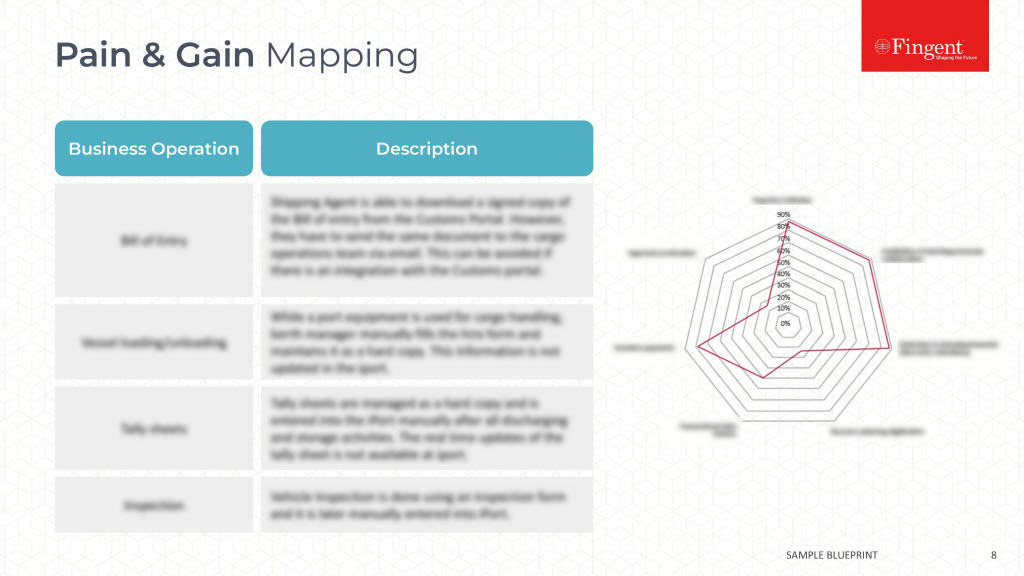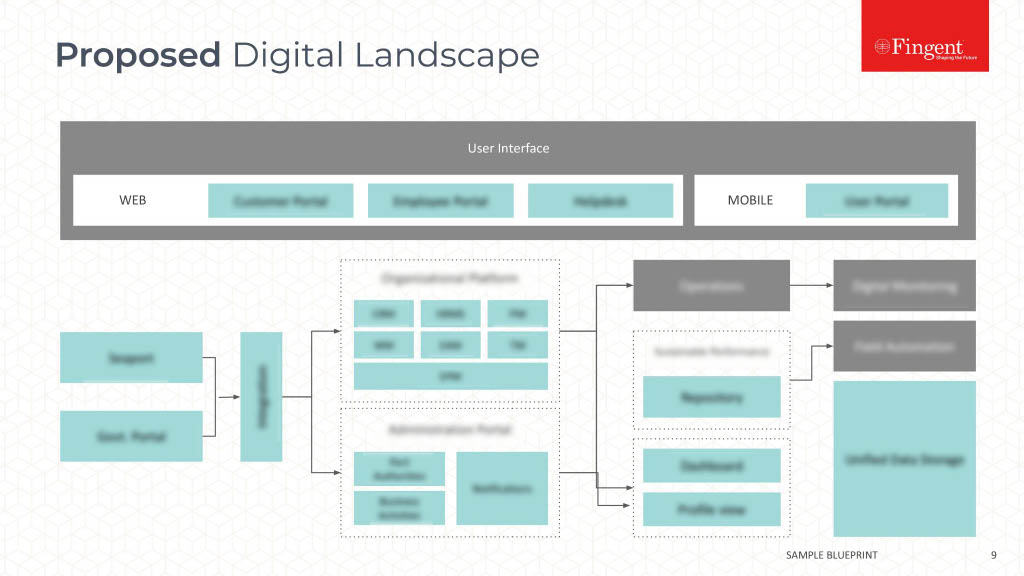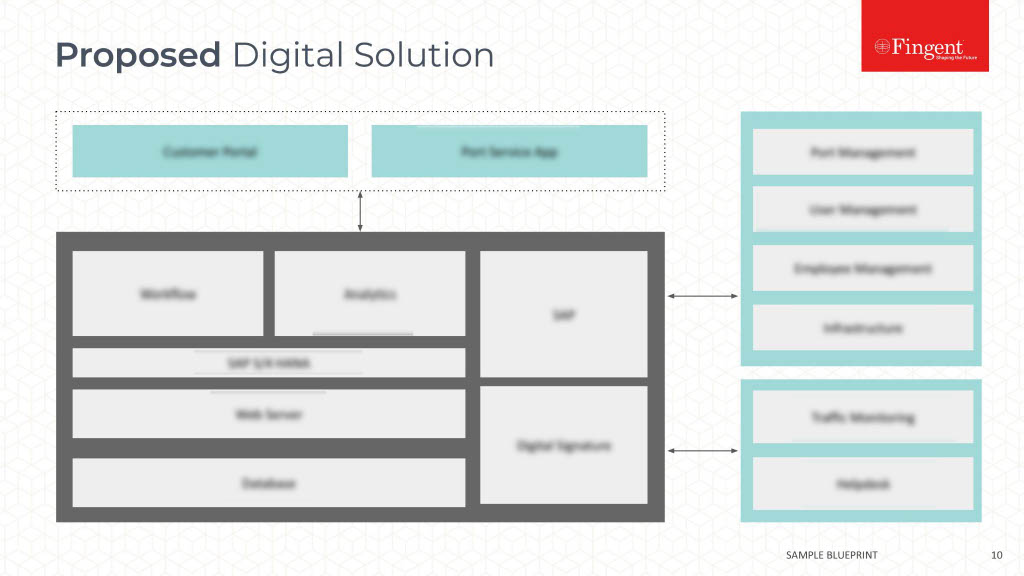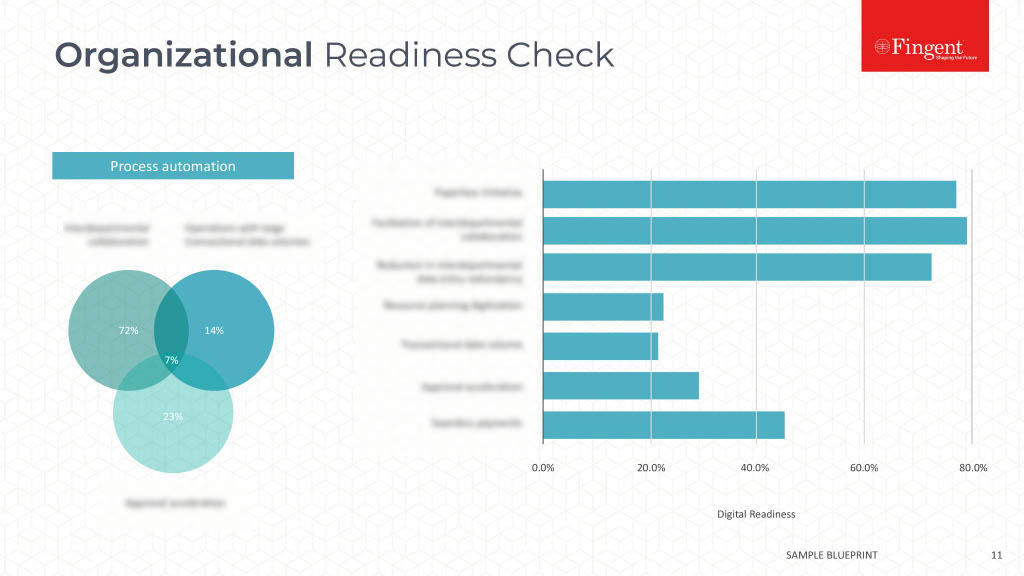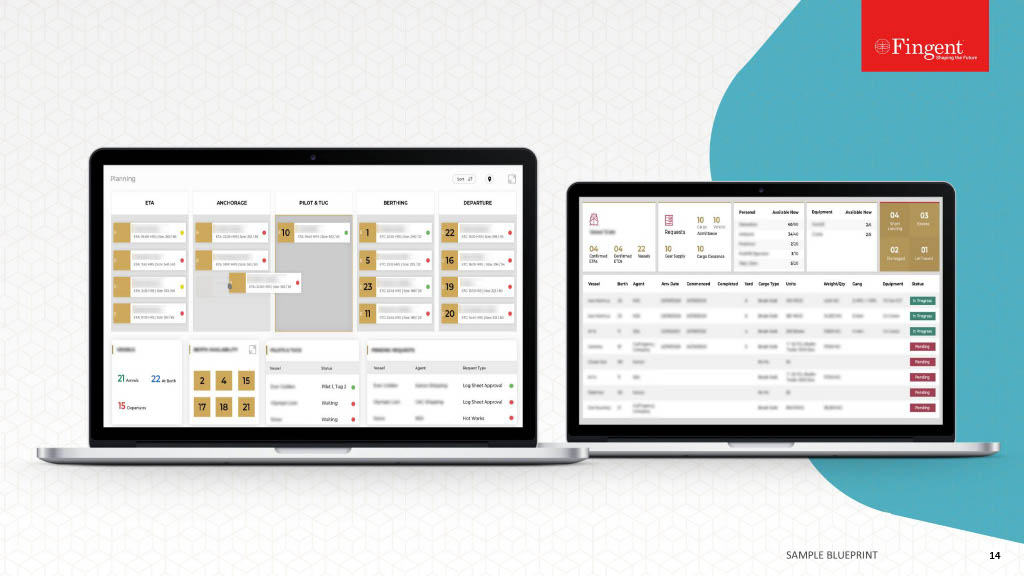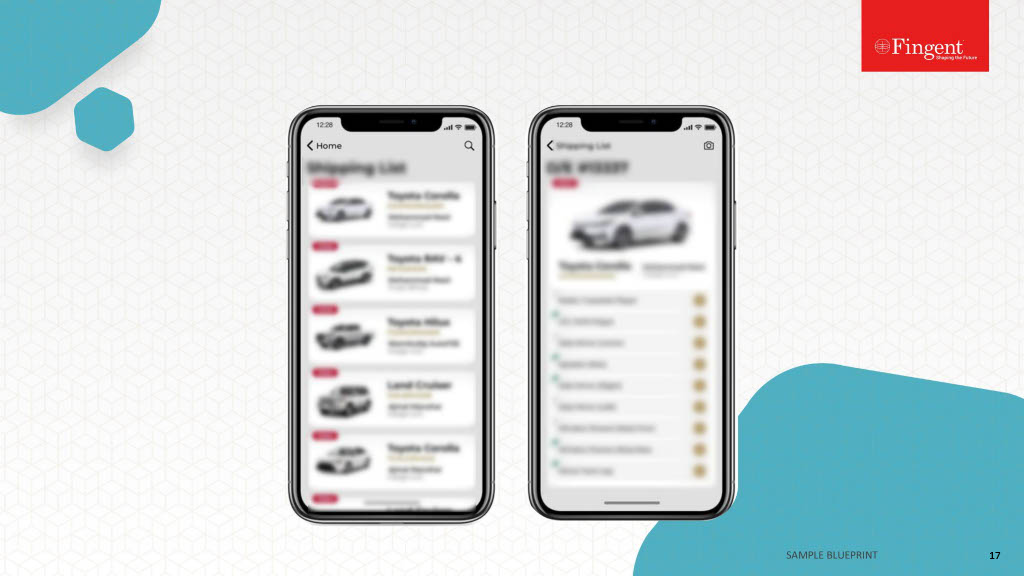Chatbot Security Measures You Need To Consider
6 Chatbot Security Practices You Need To Implement
According to a survey by Oracle, regarding the benefits of using chatbots for their consumer-facing products, which included responses from 800 decision-makers, including chief marketing officers, chief strategy officers, senior marketers, and senior sales executives from France, the Netherlands, South Africa, and the UK, it was found out that “80 percent of companies wanted to have some type of chatbots implemented by 2020!
It is also forecasted that 90% of bank-related interactions will be automated by 2022. Moreover, 80% of businesses will have chatbot automation implemented by 2020. Also, 47% of consumers would buy items from a chatbot when 28% of top-performing companies are already using AI for marketing! With chatbots turning into the trend, it is vital to implement chatbot security measures.
A Back Door Open To Hackers
Chatbots are nowadays mostly used in industries such as retail, banking, financial services, and travel that handles very crucial data such as credit/debit cards, SSN, bank accounts, and other Sensitive PII (Personally identifiable information).
The aggregation of such data is crucial for the chatbot to perform. Thus, it is required that chatbots are not vulnerable to be exploited by any hackers.
A recently released report from MIT Technology Review and Genesys showed that 90% of companies are already using AI strategies to increase revenue. The research also found that on average, between 25% and 50% of all customer queries can be solved through automated techniques. This has made it easier than before to handle complex tasks.
Related Reading: Read on to know more about the top AI trends of 2019.
The HTTPS Protocol For Security Of Chatbots
HTTPS protocol is the basic and default setting required for a good security system. The data that is being transferred over the HTTP via encrypted connections are secured by Transport Layer Security (TLS) or Secure Sockets Layer (SSL).
Related Reading: Check out how Fingent helped create an enhanced and engaging learning experience through chatbots.
Types of Security Issues
Security Issues fall into two main categories:
-
Threats
Threats are usually defined as different methods by which a system can be negotiated or compromised. Threats can include incidents such as Spoofing, Tampering, Repudiation, Information Disclosure, Denial of Service, Elevation of Privileges, and many other threats.
-
Vulnerabilities
Vulnerabilities are defined as methods that a system is compromised and cannot be identified and solved correctly and on time. A system becomes open to attack when it has poor coding, lax security, or because of human errors. The most effective way to solve the issues of a possible vulnerability is to implement SDL (Security Development Lifecycle) activities into the development and deployment methods.
As per the study by the Ponemon Institute, In 2017, the average total cost of a successful cyber-attack was over $5 million, or $301 per employee!
Here are 6 chatbot security issues that you need to consider right away:
1. Encryption
Data while transit can also be misused. There exist different protocols that provide encryption, while addressing these problems of misuse and tampering.
According to article 32 (a) of the General Data Protection Regulation (GDPR), “it is specifically required that companies take measures to de-identify and encrypt personal data. So, chatbots have access only to encrypted channels and communicate through those”.
For instance, Facebook Messenger introduced the new feature called “Secret Conversations” that enabled end-to-end encryption based on Signal Protocol.
2. Authentication and Authorization
Authentication is performed when the user needs to verify their identity. This is often used for bank chatbots.
Generated authentication tokens verify data that are requested through a chatbot. On completing the verification of the user’s identity, the Application produces a secure authentication token, along with the request.
Another step of security measures is an authentication timeout. The token generated is used for only a certain amount of time, after which the application has to process a new one.
Two-way verification is another process where the user is asked to authorize their email address or to receive a code via SMS. This is a crucial process which is necessary to verify that the user of that account is the real user that is using the chatbot.
3. Self-destructing Messages
When Sensitive PII (Personally identifiable information) is being transferred, the message with this data is deleted after a definite period of time.
Personally identifiable information (PII) is any data which can be used to identify a particular person. It includes records such as a person’s medical, educational, financial and employment information. Examples of data elements that can identify and locate an individual include their name, fingerprints or other biometric (including genetic) data, email address, telephone number or even their social security number.
This kind of security measure is crucial when working with banking and other financial chatbots.
4. Personal Scan
When working with personal data, it is necessary to take security precautions and measures.
Apple was the first company that added finger authentication to their iPhones. This technology is now being used widely to verify an individual’s identity. This is performed when initiating a transaction or when you want to access your bank account using a chatbot that a personal scan is required.
5. Data Storage
Chatbots are effective because they retrieve and store information from users.
For instance, if you have a chatbot that performs online payments, this can mean that your clients are providing their financial information to a chatbot.
The best solution in this situation is to store such information in a secure state for a required amount of time and to discard these data later on.
Some other concerns are the following:
- Biometric authentication: Iris scans and fingerprint scans are popular and robust.
- User ID: User IDs involve processing secure login credentials.
- Authentication Timeouts: A ‘ticking clock’ for correct authentication input. This prevents giving hackers an opportunity to guess more passwords.
- Other strategies could include 2FA, behavior analytics, and kudos to the ever-evolving AI trends.
6. Tackling Human Causes
The one and only other factor or cause that cannot be altered is the human factor. With commercial applications in specific, that chatbot security and end-user technique have to be resolved. This will ensure the chatbots from being vulnerable to threats.
Related Reading: Find how artificial intelligence can drive business value.
To know more about secure bot building, get in touch with our software development experts today!
Stay up to date on what's new

Recommended Posts

18 Apr 2024 B2B
Applied AI For Document Processing
"It's becoming increasingly clear that AI is the future, and almost everything else is a sideshow." - World-renowned computer scientist Geoff Hinton AI has taken over almost every aspect of……

10 Jan 2024 B2B
AI Trends Set to Transform Businesses in 2025
In the dynamic realm of modern business, the profound impact of artificial intelligence (AI) continues to unfold, reshaping industries and redefining conventional practices. As we step into 2025, the transformative……

26 Nov 2023 B2B
Finding Success in the Aviation Business with AI
“Aviation is the branch of engineering that is least forgiving of mistakes.” - Freeman Dyson, British-American theoretical physicist and mathematician. The truth in that statement is sobering indeed. The precision……

27 Oct 2023 B2B
Generative AI – Magnifying the Power of AI in Business
Are you sick and tired of performing the same monotonous task every day? Well, if your answer is yes, then Generative AI can benefit you. Technology is evolving at a……
Featured Blogs
Stay up to date on
what's new















